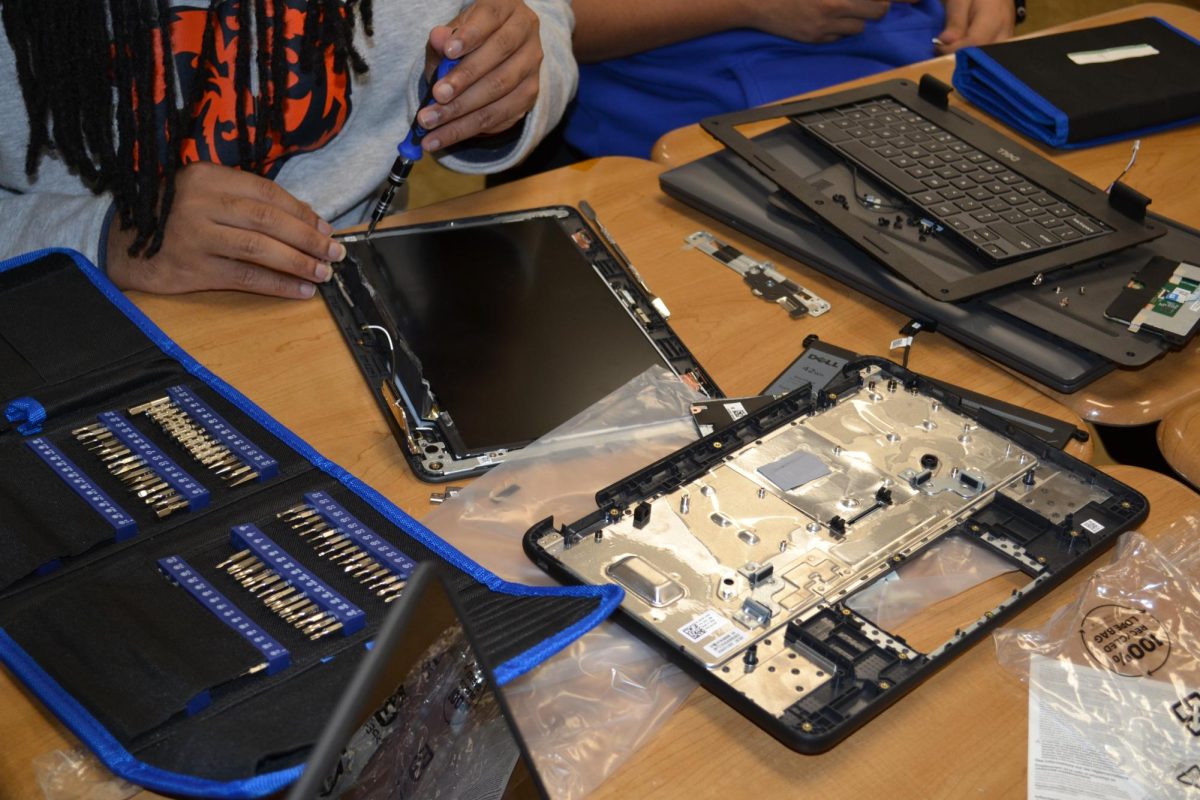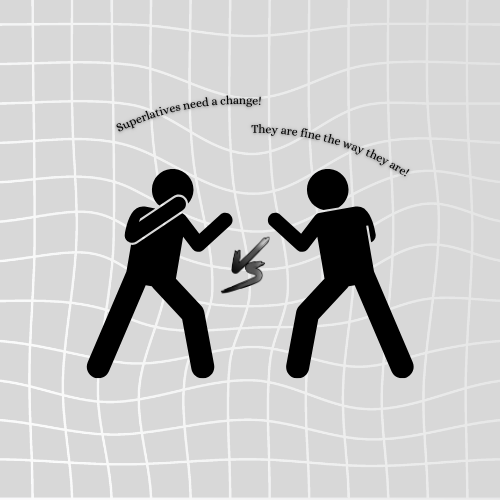The founding fathers not only proclaimed the right to protest but encouraged citizens to do so. The Declaration of Independence swears to the nation that “whenever any Form of Government becomes destructive of these ends, it is the Right of the People to alter or to abolish it.”
In many parts of the world, governments, corporations, and institutions have ignored and exploited vulnerable populations. When the voice of a human being is stripped away, protesting creates an opportunity for the everyday citizen to be heard through the voices of many.
With the digital revolution, protesting has taken a new turn. Now protesters can call their representatives or sign a petition without needing to put themselves in harm’s way by marching on the streets.
Today, student protests matter just as much as adult protests. Students are directly impacted by the policies and decisions made by governments, educational institutes, and corporations. Yet these students, who have their futures on the line, are not given any political power or the right to vote. The only voice they have is protesting.
When the voices of students are not being taken into consideration it is more important than ever to become actively involved in the fight.
Young people have long protested to make change, and they have not failed just because of their youth. Malala Yousafzai and Greta Thunberg have become household names for what they did when they were only 16.
Students can give themselves a sense of agency and ownership over their own lives by protesting, an ownership minors aren’t usually afforded. They can inspire others, young and old, to fight for their rights.
America was built on the right to protest. When our country was just an idea, our forefathers protested through the Boston Tea Party and boycotts.
The call to protest is not a call for chaos, but for progress. It is a responsibility that we all share—a responsibility for the voice of many to be heard over the voice of the powerful.





